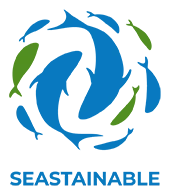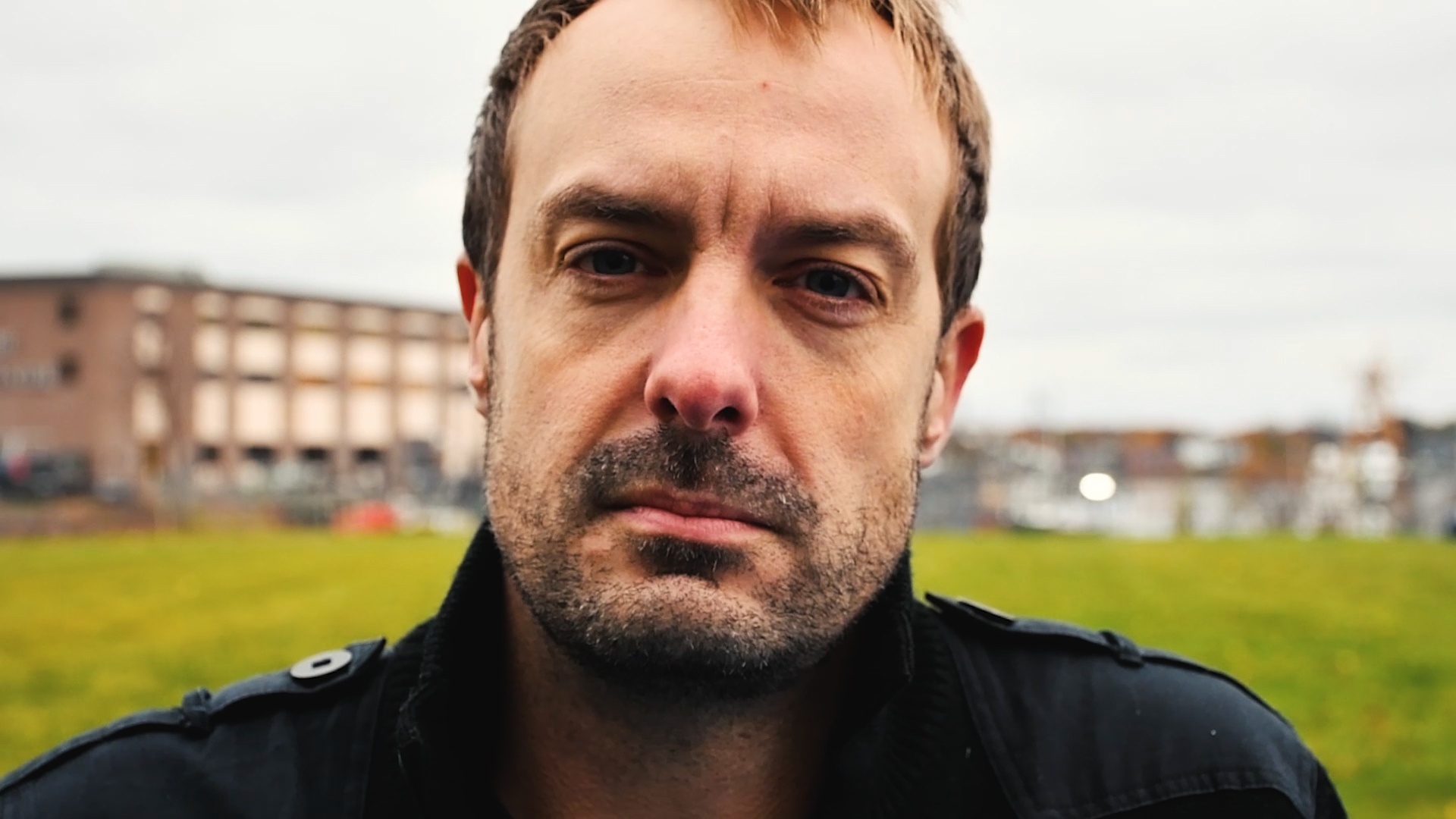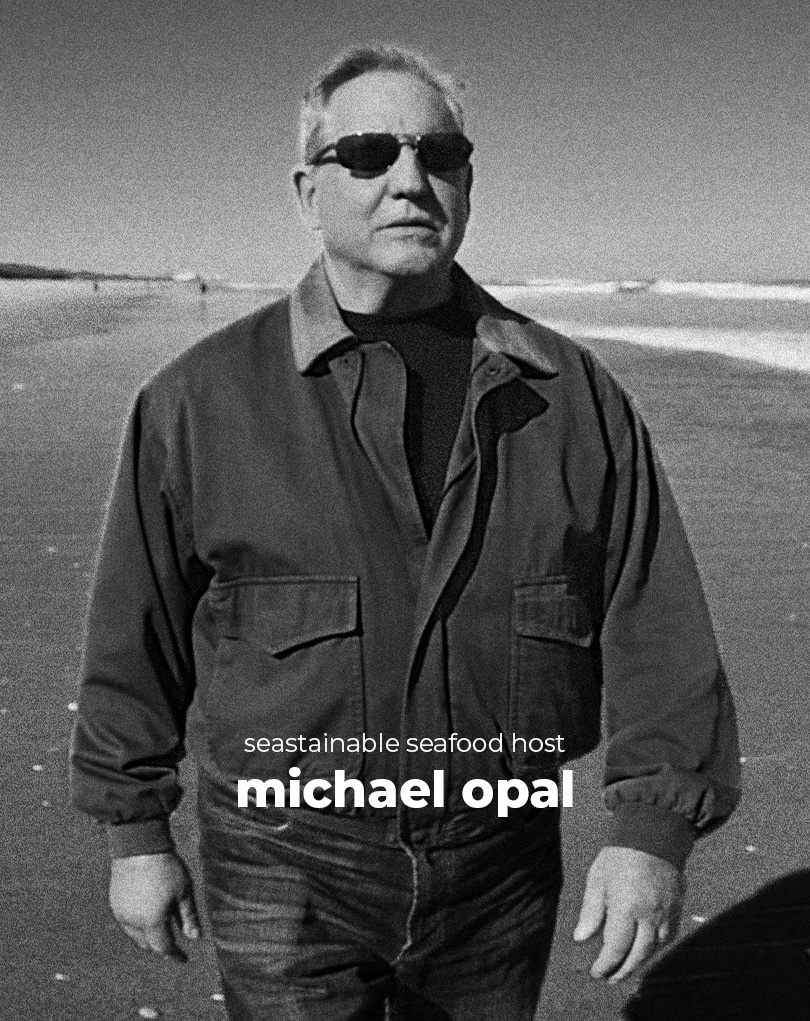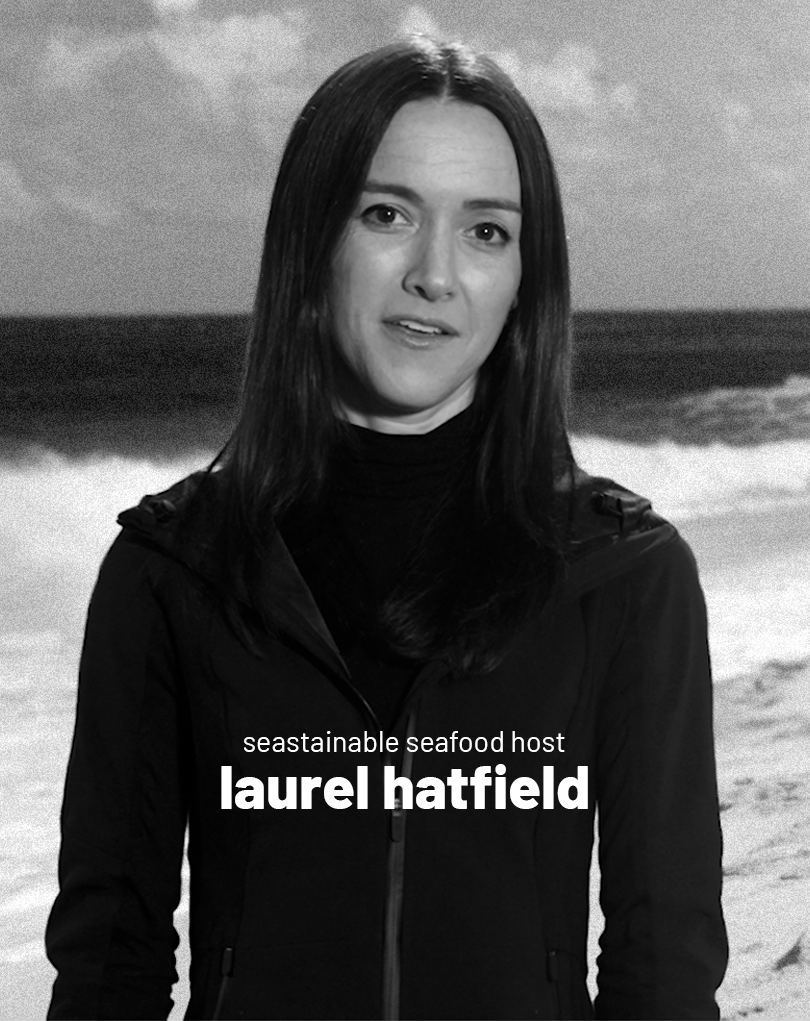“For most of history, man has had to fight nature to survive; in this century he is beginning to realize that, in order to survive, he must protect it.”
Jacques-Yves Cousteau
docuseries trailer
seafood
Over 3 billion people in the world depend on wild-caught or farmed seafood as their main source of protein. SEASTAINABLE – Hope for the Oceans, wants to help people see the good things that are happening. As the population continues to grow, so will the demand for seafood.

The SEASTAINABLE story is not a small one. This shows how people are working hard to make a difference. It’s not about all the problems that the oceans face, but the great strides that many people are making to feed the world clean, healthy and sustainable seafood. And let’s not forget, they are also helping the planet.
Chef Barton Seaver, wants more people to eat more seafood across all demographics. Why? When compared across five important sustainability metrics: freshwater use, greenhouse gas emissions, antibiotic use, land-use alteration, and feed conversion ratio, seafood most often measures as most efficient. It’s also better for your health and the health of our planet.

















